Passive Flows in India 2025: Are Investors Turning to Index Funds Again?
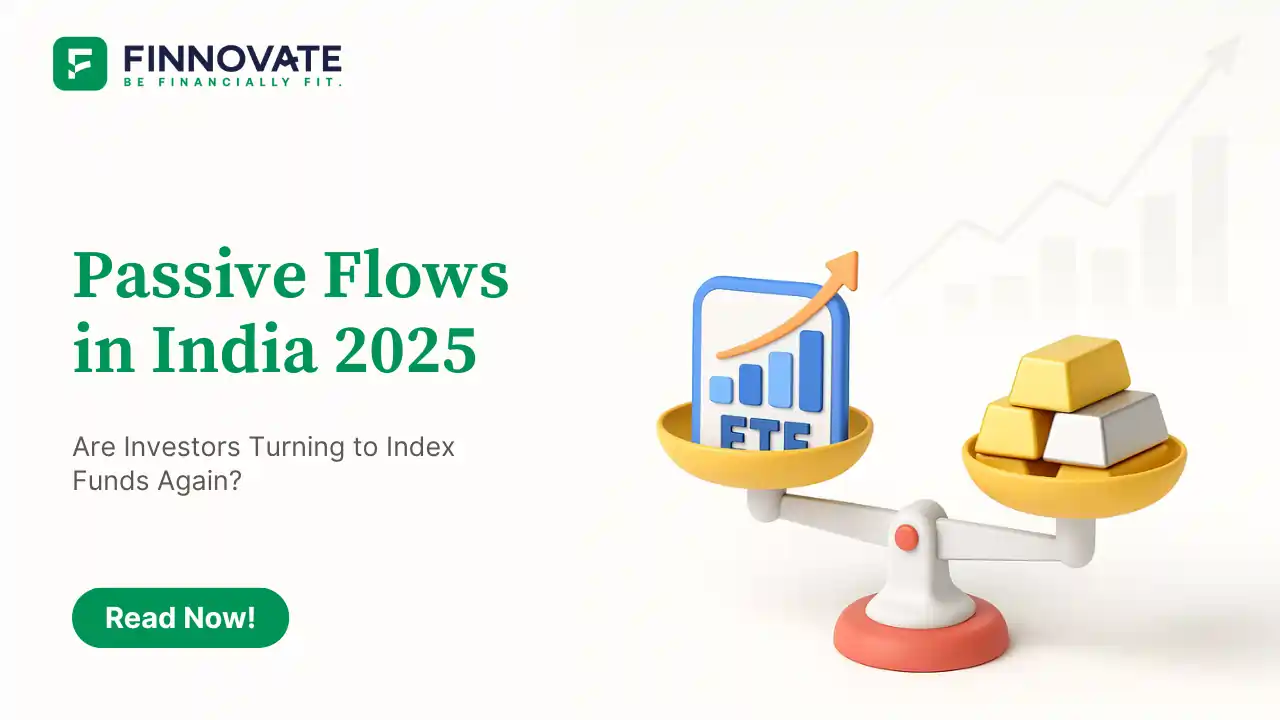
By

When the mutual fund flow data for September 2025 was released, one number stood out - passive fund inflows came in strong at ₹19,056 crore. It’s been a while since we saw such enthusiasm for passive funds. But does this really signal a structural comeback for passive investing in India, or is it just another short-term momentum play?
At ₹19,056 crore, the net passive flows were among the best in recent months. In fact, for September 2025, passive funds came in second only to active equity flows, which crossed ₹30,000 crore. Meanwhile, hybrid fund flows were rather subdued.
This renewed traction towards passives does raise a big question - are Indian investors shifting back toward the passive story again?
After 2020, passive funds in India saw strong growth, driven by the popularity of index funds and ETFs. But in the last two years, this enthusiasm tapered off as active fund performance improved and investors chased higher alpha. The September data hints at a possible reversal - though the reasons may not be as straightforward as they appear.
A closer look at the numbers tells an interesting story. Out of the ₹19,056 crore of total passive inflows in September, nearly ₹14,000 crore went into gold ETFs and silver ETFs. That’s almost three-fourths of the total!
This isn’t about passive investing in the traditional sense - it’s momentum chasing. Most Indian investors view gold and silver ETFs not as low-cost long-term allocations but as short-term bets on price movements.
With gold hitting $4,000 per ounce and silver touching $50, these flows look more like tactical trades than strategic investments. It reflects the Indian investor’s behavior - emotionally driven by recent performance rather than disciplined asset allocation.
For passive investing to take off meaningfully, two ingredients are essential - a strong narrative and adequate supply. India is still building both.
The entry of Jio BlackRock has brought renewed attention and potential supply depth to passive products, but the ecosystem remains shallow. In the U.S., the rise of Vanguard, BlackRock, and other global giants built an entire industry around low-cost passive investing. India has yet to reach that maturity.
Warren Buffett famously said in his 2016 shareholder letter that John Bogle, the founder of Vanguard, saved American investors trillions of dollars through index funds. India needs its own “Bogle moment” - a strong institutional push and investor education campaign that emphasizes the benefits of cost efficiency and long-term compounding through passive investing.
Demand remains the bigger challenge. Passive fund participation in India continues to be dominated by corporates, insurance companies, and institutional investors. High Net Worth Individuals (HNIs) are gradually warming up, but retail investors are still missing in action.
The typical Indian retail investor associates mutual funds with the hope of beating the market. As long as that expectation persists, passive investing - which by design mirrors the market - will struggle to capture imagination.
To change this, India needs a cultural shift in how financial advisors, distributors, and platforms position passives - not as substitutes for active funds, but as foundational, low-cost building blocks for long-term portfolios.
The rise of financial planning as a concept may eventually change this. As investors start planning goals rather than chasing returns, passive products could become a core part of disciplined portfolios. Until then, the growth will remain episodic - flaring up during gold rallies or new ETF launches and cooling off just as quickly.
The September surge in passive flows may be exciting, but it’s not yet the start of a new long-term trend. For now, most of these inflows are being driven by gold and silver ETFs - tactical, not structural.
India still needs a more robust passive product pipeline, better investor awareness, and stronger retail participation to truly make this a sustained shift. Until then, the passive story in India will continue to hover between promise and potential - like waiting for Godot.
Disclaimer: This article is for informational purposes only and should not be considered investment advice. Investors are advised to consult with a financial advisor before making investment decisions.
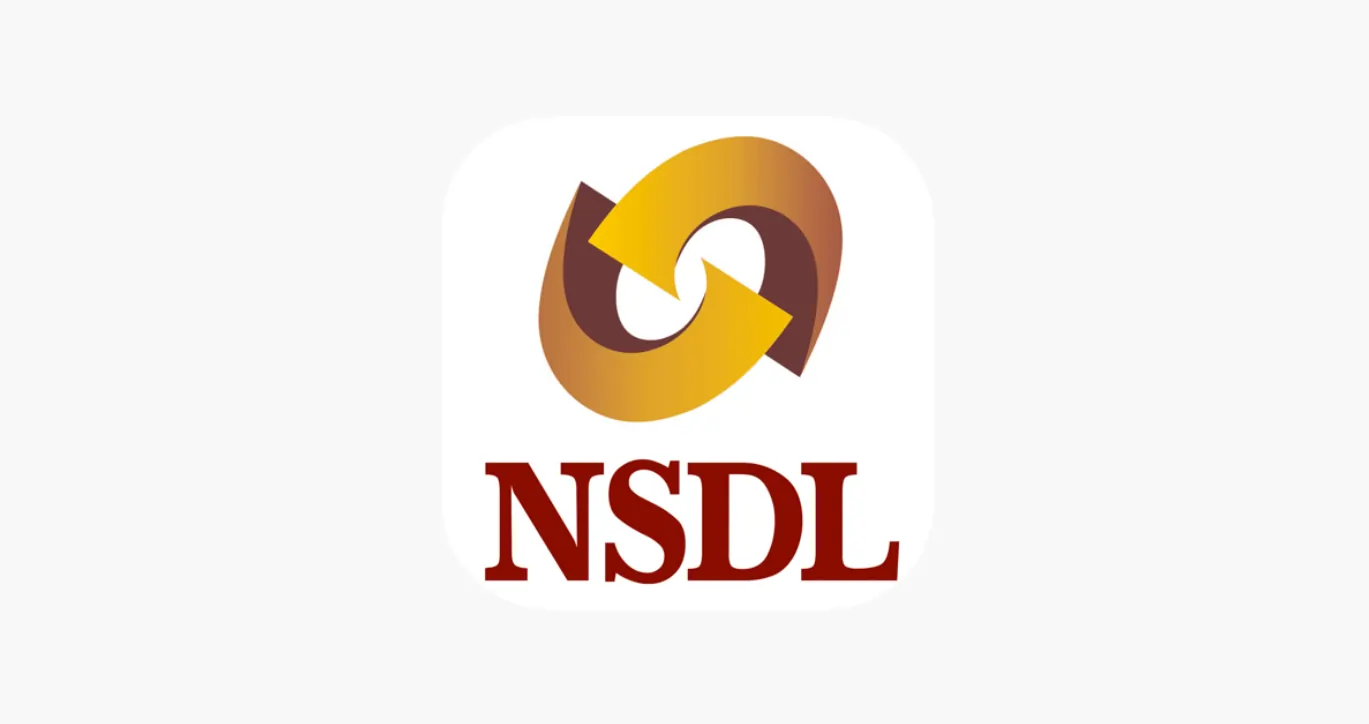
Learn how to easily download your NSDL CAS Statement in PDF format with our step-by-step guide. Follow our instructions to log in to NSDL e-Services, download your account statement, and subscribe for
Read Full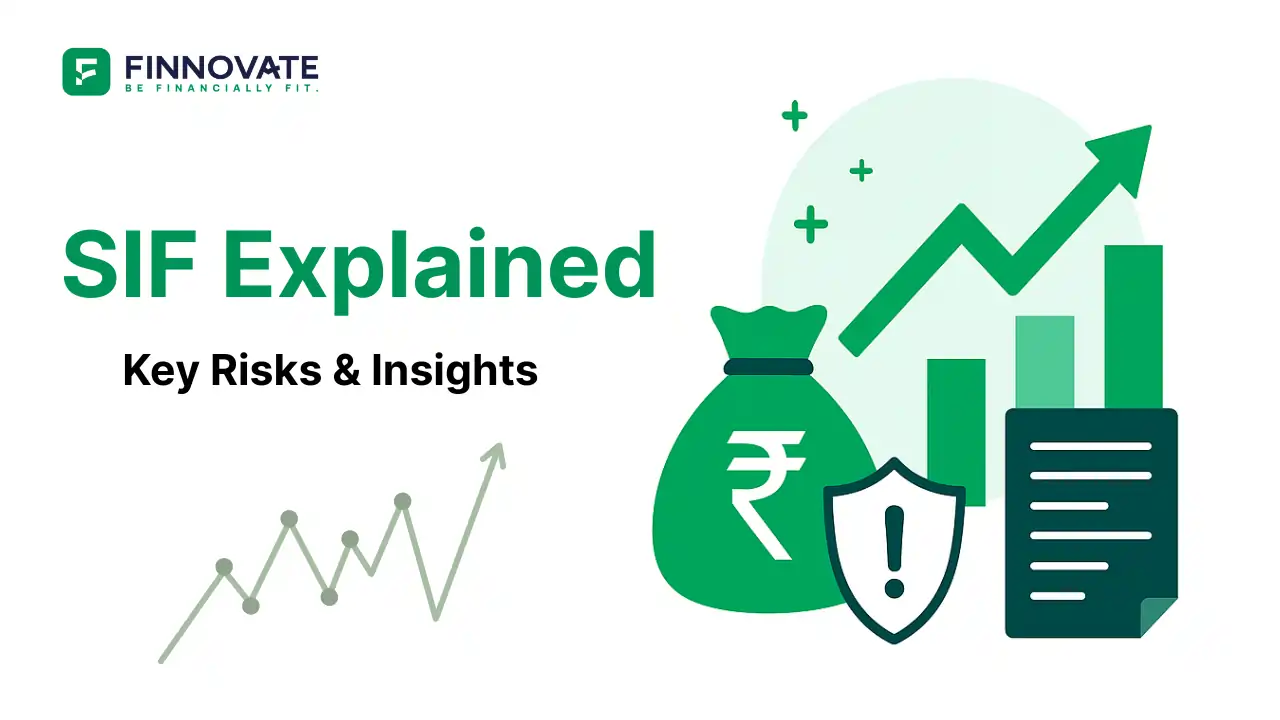
Explore what Specialised Investment Funds (SIFs) are, their benefits, taxation, minimum investment, how to invest, how they compare with mutual funds and PMS and latest developments in SIF space
Read Full
Learn How to Download Your CDSL CAS Statement with our step-by-step guide. Easy instructions for accessing your investment details online.
Read Full
Analyzing the potential economic impact of the 2025 India-Pakistan conflict on India's GDP growth, manufacturing sector, and foreign investment.
Read Full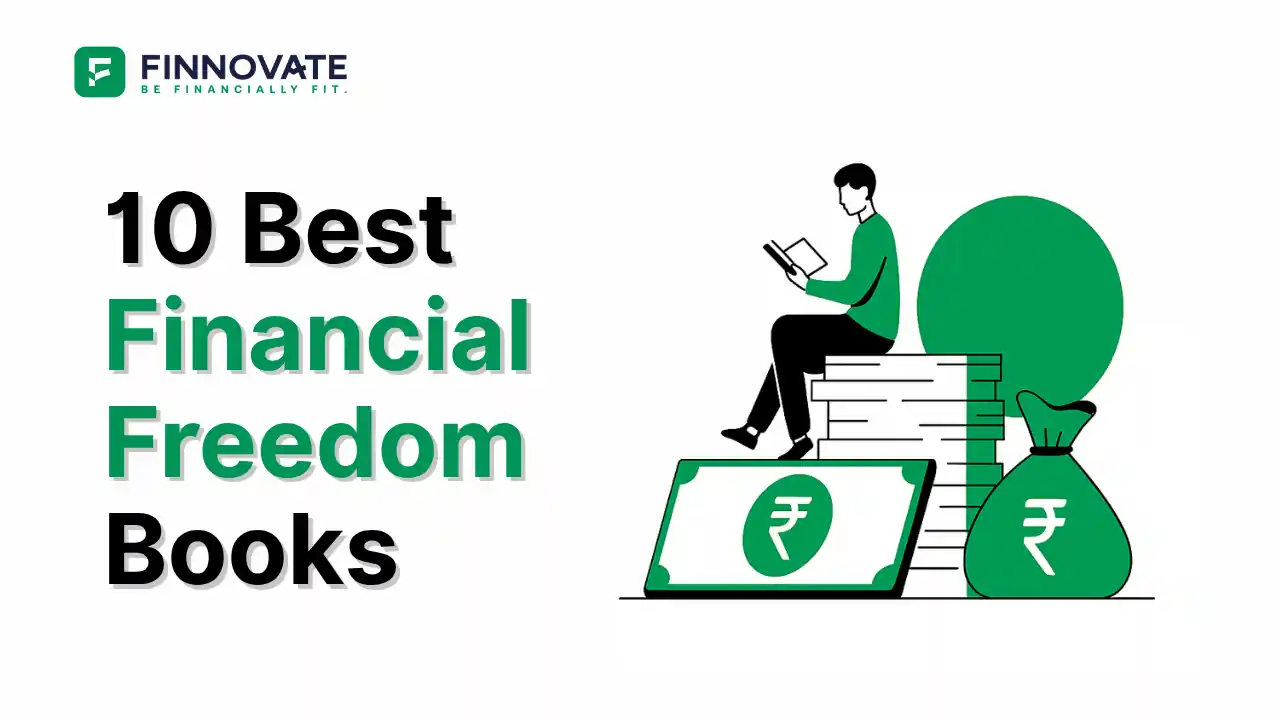
Looking for the best financial freedom books? Here’s a handpicked 2025 reading list with summaries, why to read, and who it's best for.
Read Full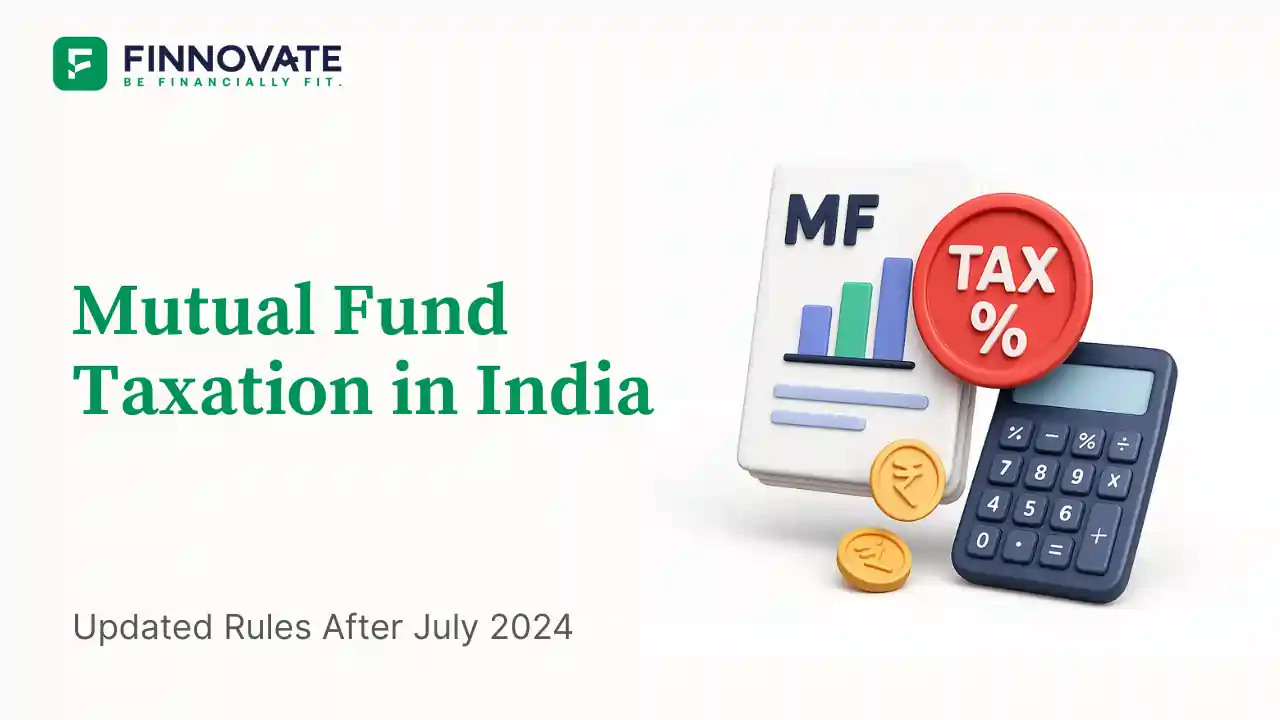
Clear guide to mutual fund taxation in India for FY 2025–26 after July 2024 changes: equity STCG 20%, LTCG 12.5% with ₹1.25L exemption, debt/hybrid rules, dividends, examples, tables, and FAQs.
Read Full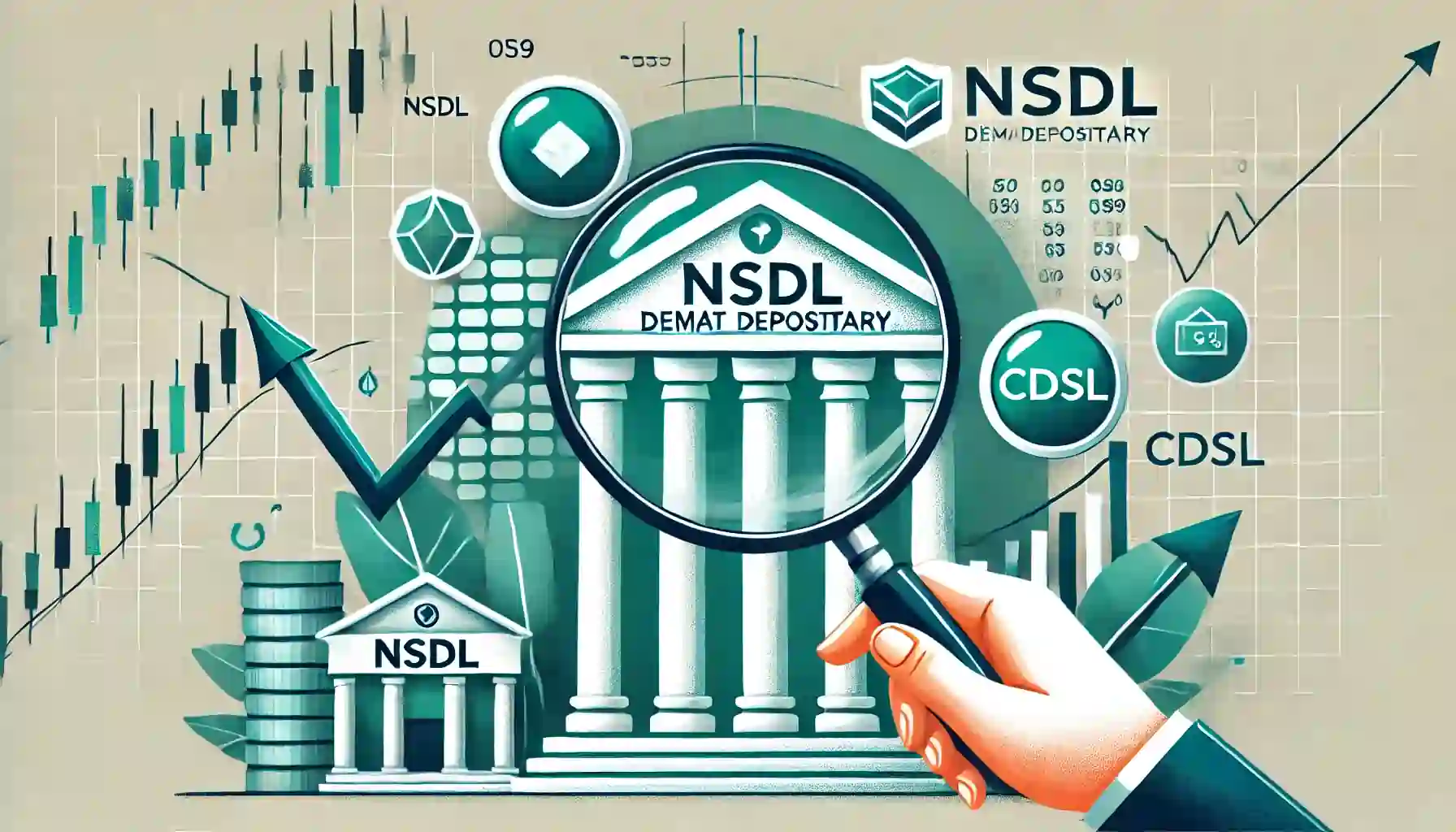
Determine if your Demat Depositary (DP) is NSDL or CDSL easily. Follow our guide to check using broking platforms or Demat account number formats
Read Full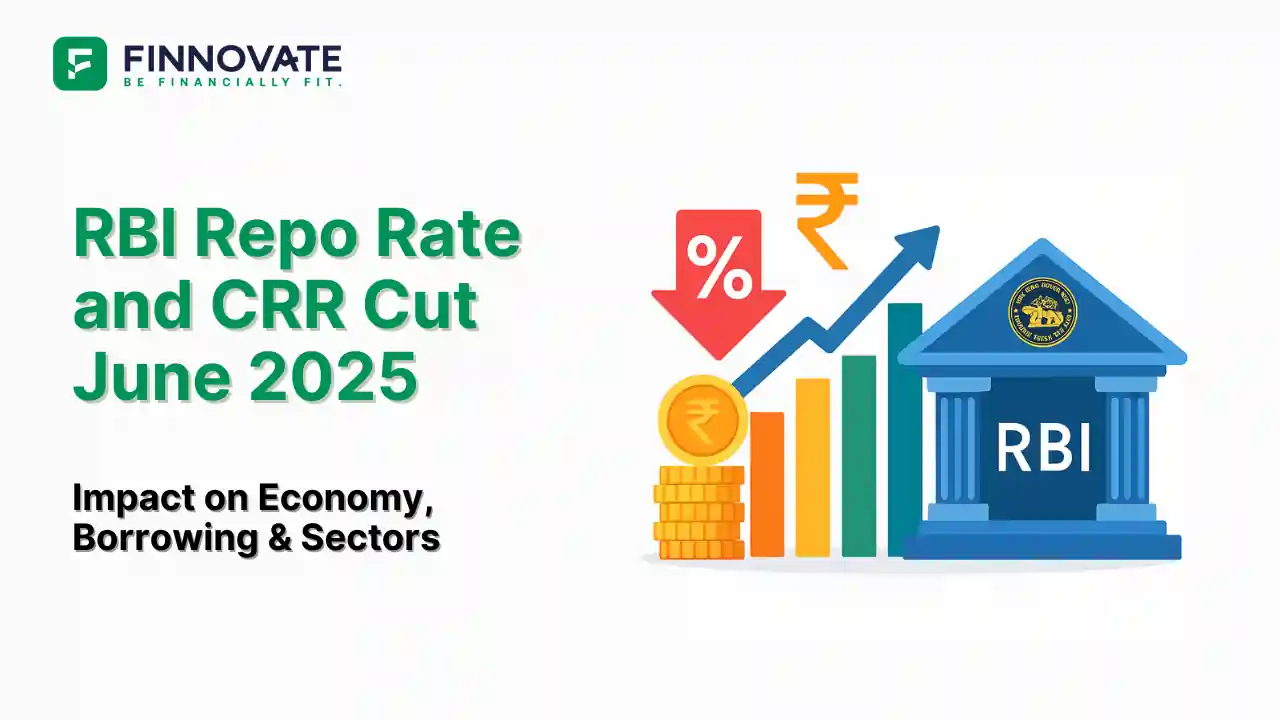
RBI cuts repo rate by 50 bps and CRR by 100 bps in June 2025 to boost growth. Learn how it impacts inflation, borrowing, sectors, and market trends.
Read Full